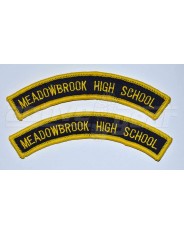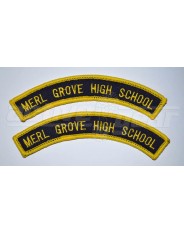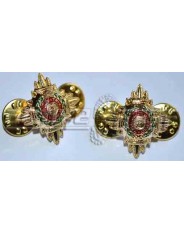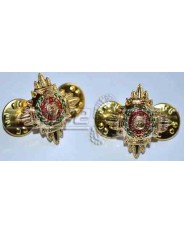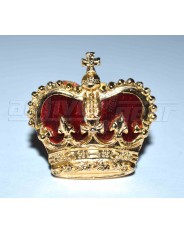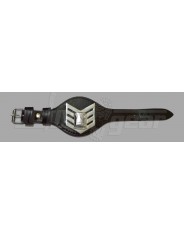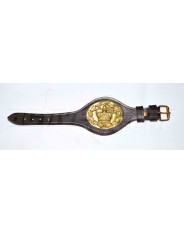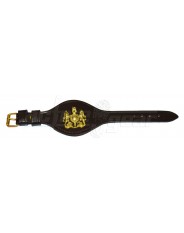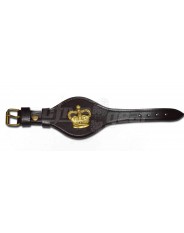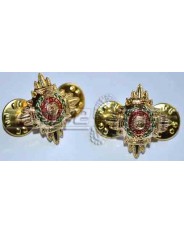We manufacture and supply wide range of Embroidered, Woven, Metal and Rubber Badges and Patches. We also supply customize badges and patches to customer requirements for many different purposes.
We are a leading Caribbean supplier to the Police Services, The Military, The Fire Services, Correctional Services, The Industrial Security Community and Uniformed Youth Groups of many of their badges and patches.
The aforementioned are our primary markets to whom we supply rank badges, qualification badges, organisation badges, shoulder titles, flashers and service stripes. Although we manufacture and supply badges in accordance with the individual needs of each member of our primary market throughout the Caribbean, the company’s scope of manufacture is not limited to our primary market.
If you have a badge or patch requirement, no matter what the industry, then we are happy to quote and produce samples.
Badges of Rank. Badges of rank are to be visibly worn on all occasions when in uniform except on operations when rank insignia may be removed or covered. The only items of clothing on which rank insignia are not worn are certain overcoats (British Warm, capes and Mackintosh) and certain regiments do not display rank on No 10/11 Dress.
In the military, badges are used to denote the unit or arm to which the wearer belongs, and also qualifications received through military training, rank, etc. Similarly, para-military and youth organizations such as cadets, scouts and guides use them to show group membership, awards and ranks. This category host badges made from metal, plastic, leather, textile and rubber which are commonly attached to clothing and vehicles. Textile badges or patches can be either woven or embroidered, and can be attached by gluing, ironing-on, sewing or applique.
There are three main ways to produce a badge, each of which has its own merits and suitability for a project.
Machine Embroidered Badges
As the name suggests, machine embroidered badges are produced by machine stitching a complex pattern onto a large piece of backing material, before each individual badge is cut out.
Machine embroidery is appropriate when a badge needs to be mass-produced cheaply in large quantities.
The quality of the badges is extremely consistent and uniform, and large quantities can be manufactured very quickly.
Hand Embroidered Badges
Hand embroidered badges are manufactured by stretching a piece of material over a frame and stitching threads through purls.
Hand embroidery is a slower and more time-consuming process with every stitch carefully embroidered by hand.
Every hand embroidered badge is unique, and the process can be lengthy depending on the complexity of the pattern.
Woven Badges
Woven badges are machine produced by weaving the backing and the badge design simultaneously into one single piece.
Woven badges tend to be thinner and flatter than their embroidered counterparts due to their construction, and are a cheap, quick-to-produce option for large quantities.





